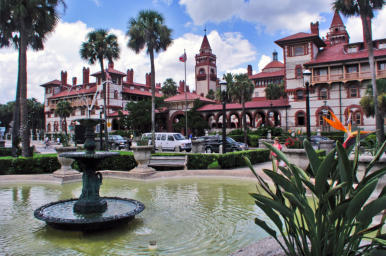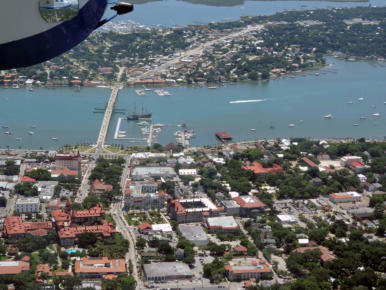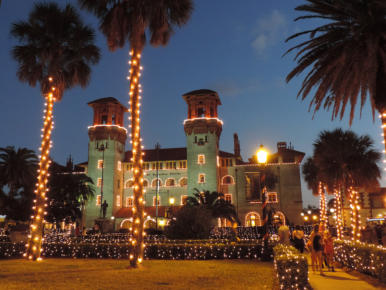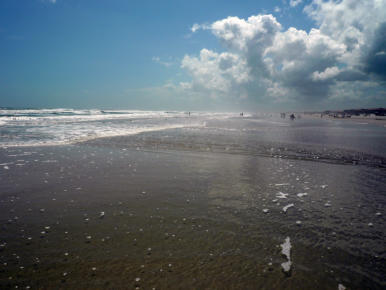









© 2024 Vacation Air Charter, Inc.


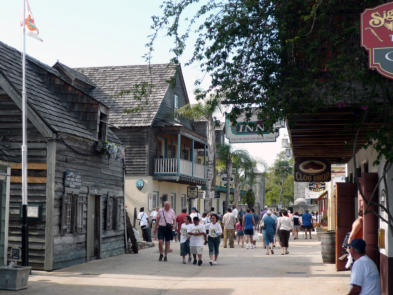
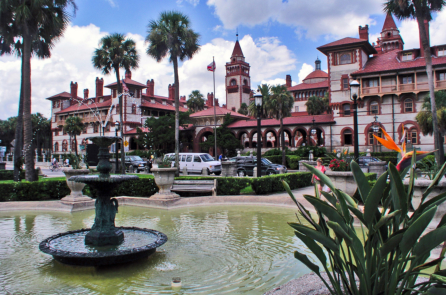
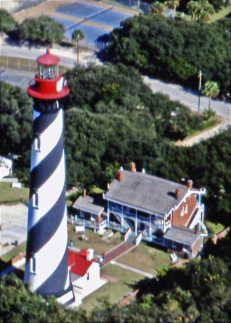
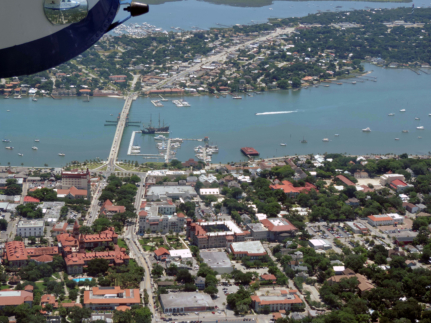
St. Augustine (Spanish: San Agustín) is a city in northeastern Florida.
It is the oldest continuously occupied European-established settlement
within the borders of the contiguous United States.
The county seat of St. Johns County, it is part of Florida's First Coast
region and the Jacksonville metropolitan area.
According to the 2010 census, the city population was 12,975.
The United States Census Bureau's 2013 estimate of the city's population
was 13,679, while the urban area had a population of 69,173 in 2012.
Saint Augustine was founded on September 8, 1565, by Spanish
admiral and Florida's first governor, Pedro Menéndez de Avilés.
He named the settlement "San Agustín", as his ships bearing settlers,
troops, and supplies from Spain had first sighted land in Florida on August 28, 1565,
the feast day of St. Augustine. The city served as the capital of Spanish Florida for over 200 years,
and remained the capital of East Florida when the territory briefly changed hands between Spain and Britain.
It was designated the capital of the Florida Territory until Tallahassee was made the capital in 1824.
Since the late 19th century, St. Augustine's distinct historical character has made the city a major tourist
attraction. It is also the headquarters for the Florida National Guard.
From Wikipedia, the free encyclopedia
St. Augustine, Florida
KSGJ

St.Augustine Airport
St. Augustine is located at 29°53′41″N 81°18′52″W (29.8946910, −81.3145170).
According to the United States Census Bureau, the city has a total area of 10.7 square miles (27.8 km2),
8.4 square miles (21.7 km2) of which is land and 2.4 square miles (6.1 km2) (21.99%) is water.
Access to the Atlantic Ocean is via the St. Augustine Inlet of the Matanzas River.
St. Augustine has a humid subtropical climate or Cfa – typical of the Gulf and South Atlantic states.
The low latitude and coastal location gives the city a mostly warm and sunny climate. Like much of Florida,
St. Augustine enjoys a high number of sunny days, averaging 2,900 hours annually. Unlike much of the
continental United States, St. Augustine’s driest time of year is winter. The hot and wet season extends from
May through October, while the cool and dry season extends November through April.
In the hot season average daytime highs are in the upper 80s to low 90s °F (26° to 33 °C) and average
night-time lows are in the low 70s °F (21 °C). The Bermuda High pumps in hot and unstable tropical air
from the Bahamas and Gulf of Mexico, which help create the daily thundershowers that are so typical in the
summer months. Intense but very brief downpours are common in mid-summer in the city.
Fall and spring are considered near perfect, weather-wise, being warm and sunny with highs in the
75 to 80 F (21 to 24 °C) range and overnight lows in the 50s to low 60s (10 to 17 °C).
In the warm and dry season, St. Augustine has mild and sunny weather typical of the Florida peninsula.
The coolest months are from December through February, with average daytime highs that range from
65 to 70 °F (18 to 21 °C) and nighttime lows in the 46-49 F (8 to 10 °C) range. From November through April,
St. Augustine often has long periods of rainless weather. Often early spring (April) can see near drought
conditions with brush fires and water restrictions in place. St. Augustine averages six frosts per year.
Tropical cyclones occasionally impact the region; however, like most areas prone to tropical cyclones,
a direct hit by a major hurricane is rare.
The last direct hit by a major hurricane to the city was Hurricane Dora in 1964.
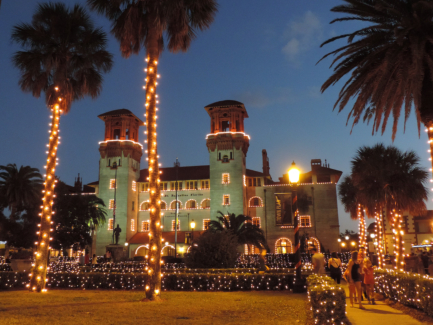
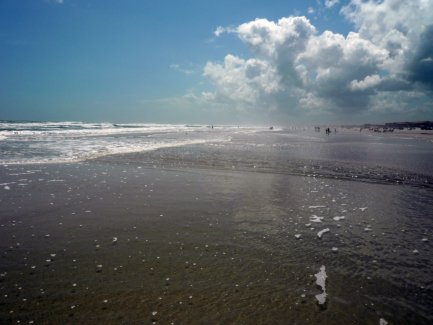










© 2017 Vacation Air Charter, Inc.
St. Augustine, Florida
From Wikipedia, the free encyclopedia St. Augustine (Spanish: San Agustín) is a city in northeastern Florida. It is the oldest continuously occupied European-established settlement within the borders of the contiguous United States. The county seat of St. Johns County, it is part of Florida's First Coast region and the Jacksonville metropolitan area. According to the 2010 census, the city population was 12,975. The United States Census Bureau's 2013 estimate of the city's population was 13,679, while the urban area had a population of 69,173 in 2012. Saint Augustine was founded on September 8, 1565, by Spanish admiral and Florida's first governor, Pedro Menéndez de Avilés. He named the settlement "San Agustín", as his ships bearing settlers, troops, and supplies from Spain had first sighted land in Florida on August 28, 1565, the feast day of St. Augustine. The city served as the capital of Spanish Florida for over 200 years, and remained the capital of East Florida when the territory briefly changed hands between Spain and Britain. It was designated the capital of the Florida Territory until Tallahassee was made the capital in 1824. Since the late 19th century, St. Augustine's distinct historical character has made the city a major tourist attraction. It is also the headquarters for the Florida National Guard. St. Augustine is located at 29°53′41″N 81°18′52″W (29.8946910, −81.3145170).[1] According to the United States Census Bureau, the city has a total area of 10.7 square miles (27.8 km2), 8.4 square miles (21.7 km2) of which is land and 2.4 square miles (6.1 km2) (21.99%) is water. Access to the Atlantic Ocean is via the St. Augustine Inlet of the Matanzas River. St. Augustine has a humid subtropical climate or Cfa – typical of the Gulf and South Atlantic states. The low latitude and coastal location gives the city a mostly warm and sunny climate. Like much of Florida, St. Augustine enjoys a high number of sunny days, averaging 2,900 hours annually. Unlike much of the continental United States, St. Augustine’s driest time of year is winter. The hot and wet season extends from May through October, while the cool and dry season extends November through April. In the hot season average daytime highs are in the upper 80s to low 90s °F (26° to 33 °C) and average night-time lows are in the low 70s °F (21 °C). The Bermuda High pumps in hot and unstable tropical air from the Bahamas and Gulf of Mexico, which help create the daily thundershowers that are so typical in the summer months. Intense but very brief downpours are common in mid-summer in the city. Fall and spring are considered near perfect, weather-wise, being warm and sunny with highs in the 75 to 80 F (21 to 24 °C) range and overnight lows in the 50s to low 60s (10 to 17 °C). In the warm and dry season, St. Augustine has mild and sunny weather typical of the Florida peninsula. The coolest months are from December through February, with average daytime highs that range from 65 to 70 °F (18 to 21 °C) and nighttime lows in the 46-49 F (8 to 10 °C) range. From November through April, St. Augustine often has long periods of rainless weather. Often early spring (April) can see near drought conditions with brush fires and water restrictions in place. St. Augustine averages six frosts per year. Tropical cyclones occasionally impact the region; however, like most areas prone to tropical cyclones, a direct hit by a major hurricane is rare. The last direct hit by a major hurricane to the city was Hurricane Dora in 1964.


